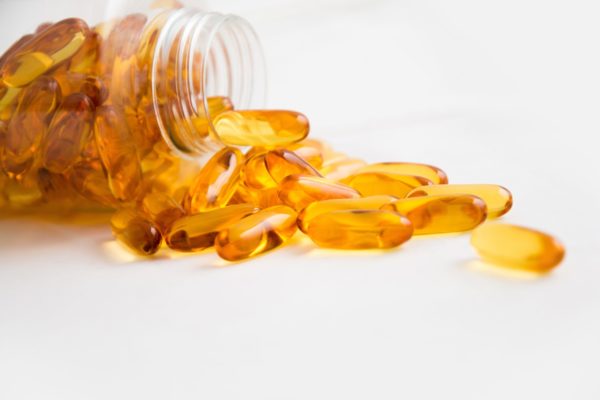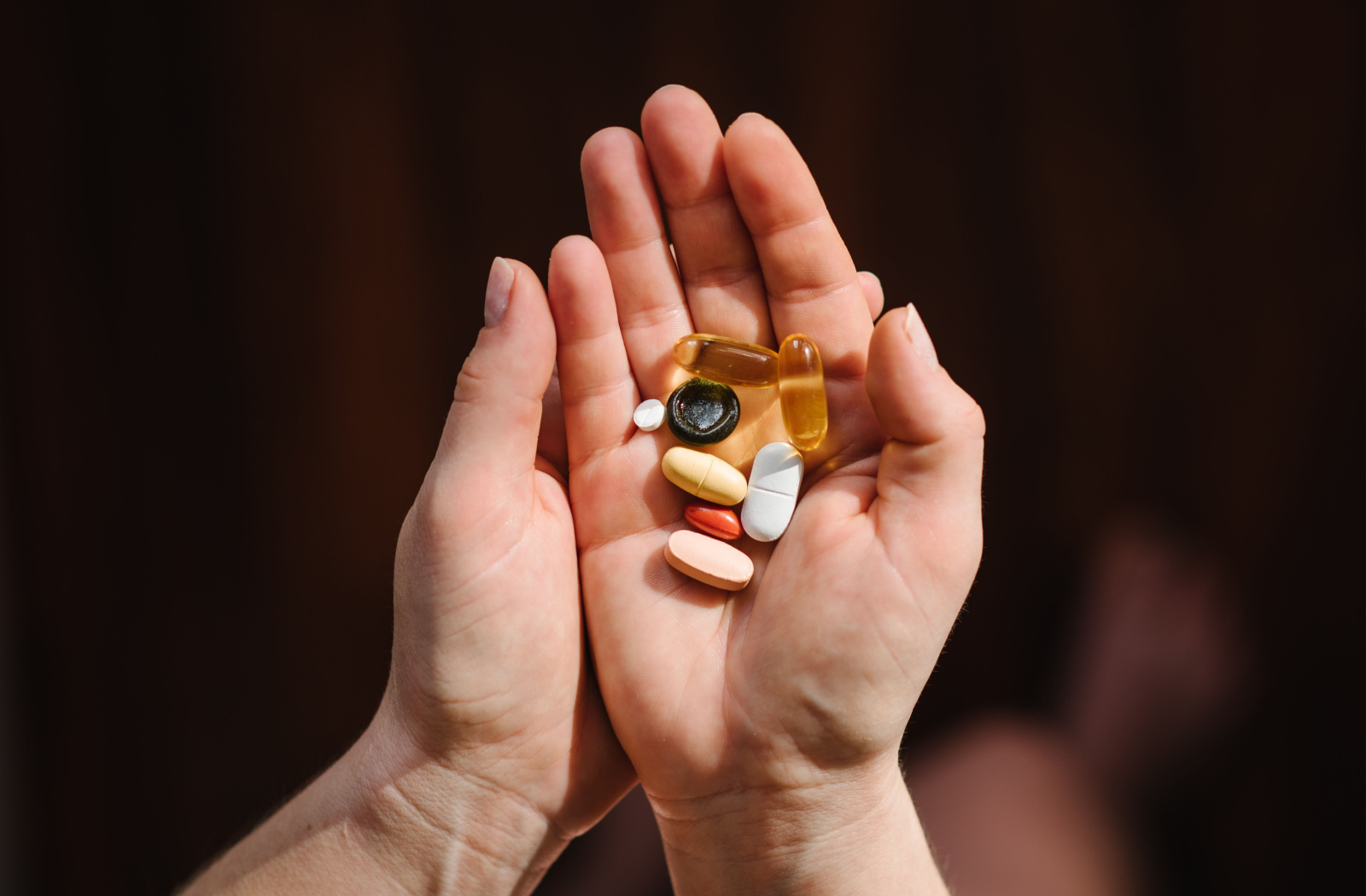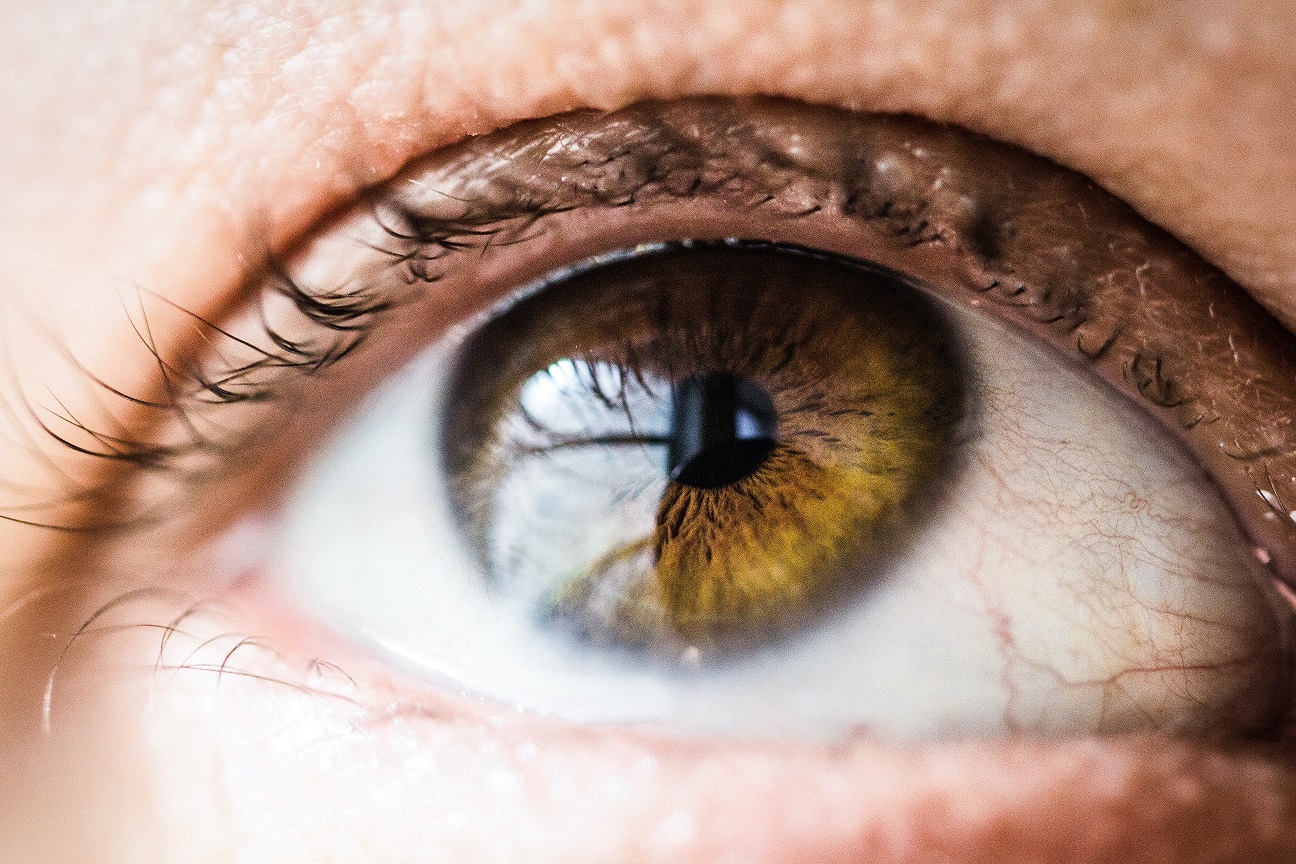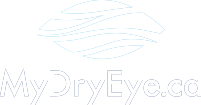If you have dry eyes, it can be very irritable and affect your day to day life. In the clinic, I have seen an increase in dry eye symptoms especially during the pandemic. The uptick of digital screen time and mask-associated dry eye (MADE) have contributed to a dry eye escalation.
However, did you know there are also many other causes of dry eye? They include hormonal changes, increased age and even an individual’s diet.
How Diet Affects Your Dry Eyes
There are three categories of omega-3 fatty acids (OFA’s): alpha-linolenic acid (ALA), eicosapentaenoic acid (EPA) and docosahexaenoic acid (DHA). ALA is mainly used for immediate energy and converts a limited amount into EPA and DHA. EPA and DHA is the best way to consume omega-3 levels and it can be easily found in fish.
OFA’s have been extensively studied and it’s shown promising health benefits. Individuals who eat food rich in OFA’s have reduced cardiovascular disease and inflammation in the body.
A large meta-analysis study in 2019 provided evidence that OFA’s significantly reduced dry eye symptoms and signs. Since OFA’s have a potent anti-inflammatory effect, it can help reduce symptoms of discomfort. It also helps improve the oils in your oil glands for better tear quality. Let’s discuss how you can incorporate OFA’s in your diet to alleviate your dry eye discomfort.
Which Omega-3 Should I Take?
Many people take OFA’s supplements to consume all the necessary nutrients at once, but not all OFA’s are created equal! Some OFA’s are made in synthetic, ethyl ester form, unpurified form or are of poor quality. Ask your doctor if your OFA’s are in re-esterified triglyceride (rTG) form because it allows for better absorption in the body. Also make sure to take the optimal amount of EPA and DHA which is a 3:1 ratio and consume a daily serving of at least 2000 mg/day. If you have a hard time finding an OFA’s supplement, below are great options that are found in the doctor’s cabinet: PRN Omega-3 (tablet or liquid form) and I-VU Omega-3 Plus.
What About Omega-3 in My Food?
If you prefer to consume your Omega-3 fatty acids through your diet, there are plenty of foods that you can incorporate into your diet.
Cold water fatty fish that are low in mercury:
- Salmon, mackerel, anchovies, sardines and herring (remember the SMASH acronym)
Fortified foods:
- Eggs, yogurt, milk, soy beverages
Nuts and seeds:
- Flaxseed, chia seeds and walnuts
Speak to Your Dry Eye Doctor
Including OFA’s in your diet is just one step to treating your dry eyes. If you want more help to alleviate your dry eye symptoms, you can visit a dry doctor near you. These doctors are experts in the dry eye field and have all the knowledge necessary to help reduce your discomfort.









